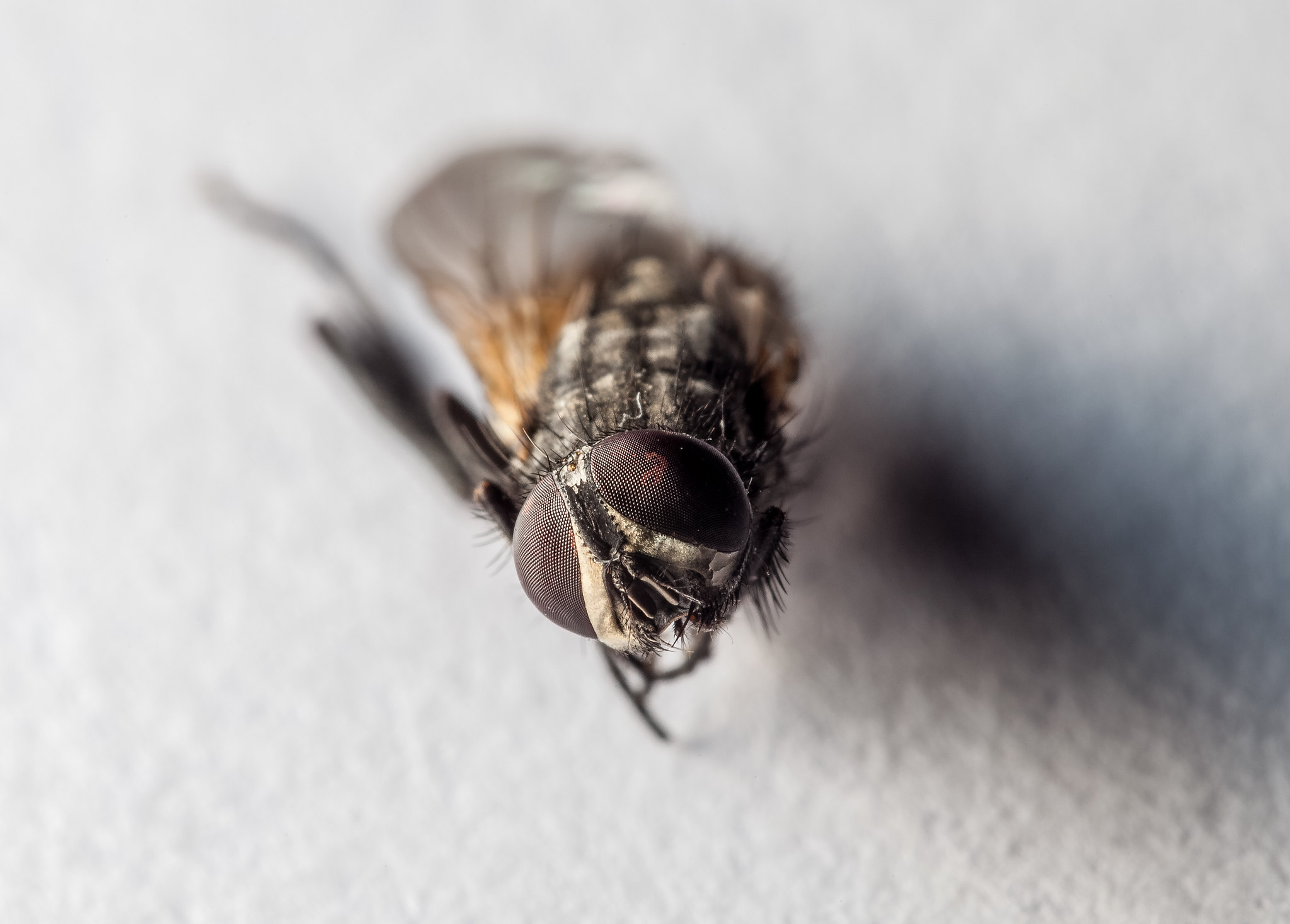There's no "best" method, as it depends what you can sacrifice (effective aperture, DoF, setup time, etc.). The most important advice I'd give it to abandon all hope of using AF with extreme macro - in most cases it's much easier to move the camera or subject on a macro stage than to try and focus. There's a reason the MPE-65 has no AF or IS. If you're stacking images the control you get from a stage is far superior to turning the focus ring. I'll sometimes use Magic Lantern's focus stacker to drive an AF lens if I don't have any other stuff to hand, but it's gnarly.
Reversing a short prime directly onto the body is the simplest arrangement and lets the most light through. You need an old manual lens with a mechanical aperture ring though - it's where Nikon users get to smile - a lot of macro shooters buy old film SLR lenses on eBay.
Reversing a short lens on the front of a longer one gives higher magnification but at a cost - if the combination isn't right you get vignetting, and there's a major reduction in light. The highest magnification is where the body lens is a long tele (focus at infinity) and the reversed element is a short prime (also at infinity) - but go too far and the focus point ends up against the glass.
As a rough guide, here are some measurements I took using a 7D, SMC 50mm, 70-200mm, 2x TC, macro tubes and a 17mm fisheye. The table shows lenses attached from the body (left) to the subject (right), and 'R' shows a reverse mount.
| Lenses | Focal distance (mm) | Frame width (mm) |
| 50mmR | 100 | 32 |
| TC 50mmR | 100 | 17 |
| tube68 50mmR | 50 | 11 |
| tube36 50mmR | 60 | 24 |
| tube20 50mmR | 70 | 21 |
| tube68 TC 50mmR | 80 | 8.5 |
| TC tube68 50mmR | 45 | 6 |
| TC 70mm 50mmR | 15 | 8 |
| TC 200mm 50mmR | 15 | 3 |
| tube68 TC 200mm 50mmR | 10 | 3 |
| 200mm 17mmR | 40 | 3 |
| TC 200mm 17mmR | 40 | 1 |
That last row sounds awesome, but your DoF is around 0.01mm so you need a microscope stage to adjust it (and a very dead subject). You can actually shoot through a microscope objective lens (mounted into a hole in a spare body cap) - it's a fiddly process, but by using a planar objective you preserve focus across the frame so it's easier to stack.
 IMG_1822 by Andy Hodapp, on Flickr
IMG_1822 by Andy Hodapp, on Flickr IMG_1816 by Andy Hodapp, on Flickr
IMG_1816 by Andy Hodapp, on Flickr IMG_1822 by Andy Hodapp, on Flickr
IMG_1822 by Andy Hodapp, on Flickr IMG_1816 by Andy Hodapp, on Flickr
IMG_1816 by Andy Hodapp, on Flickr


